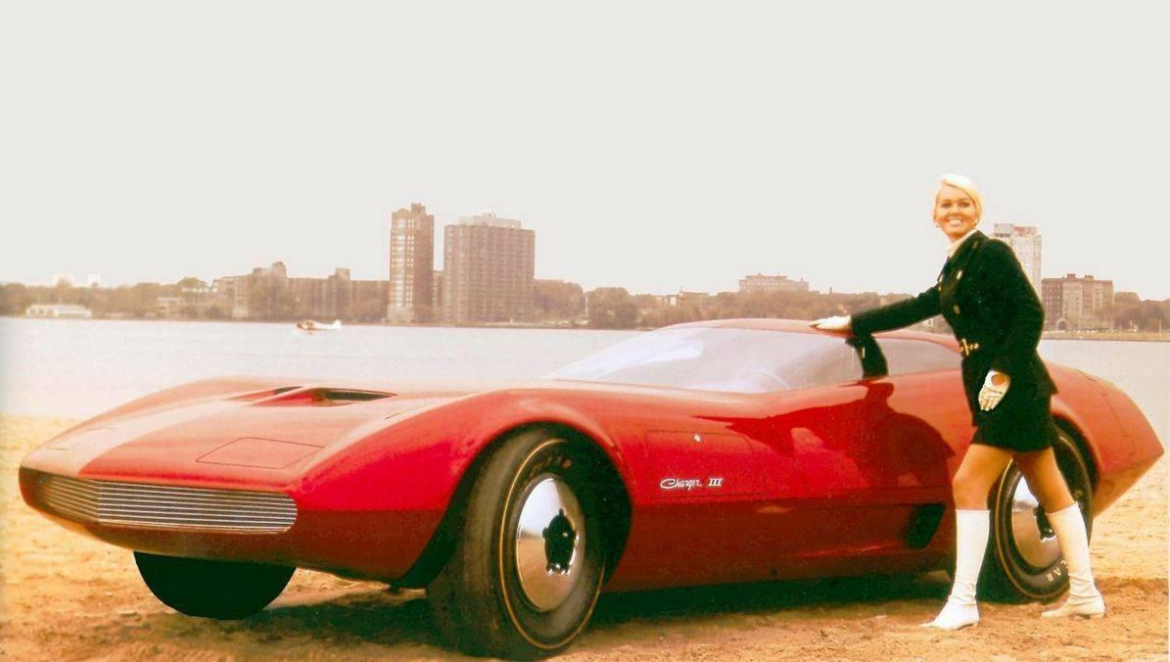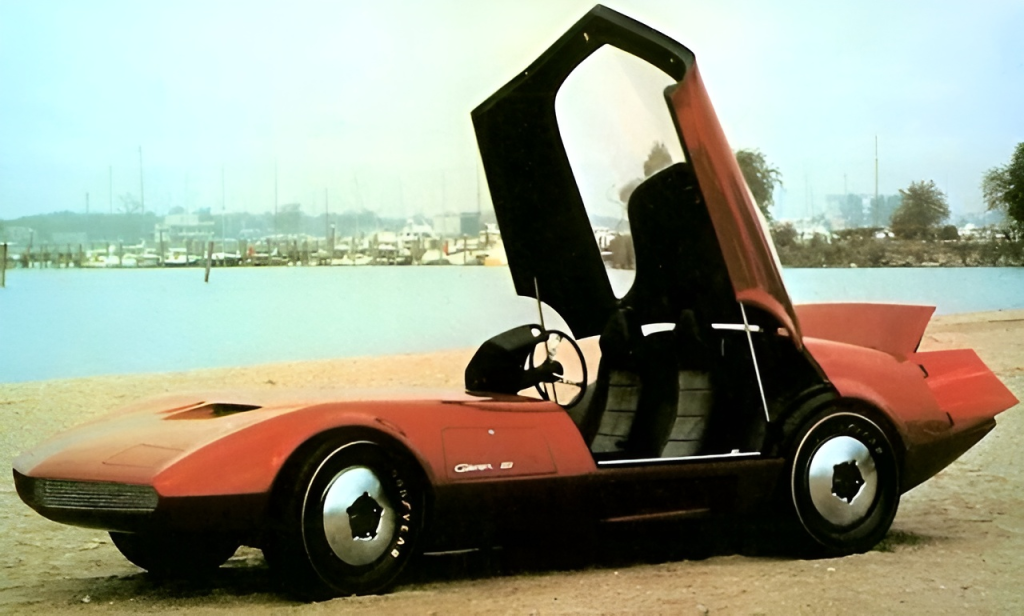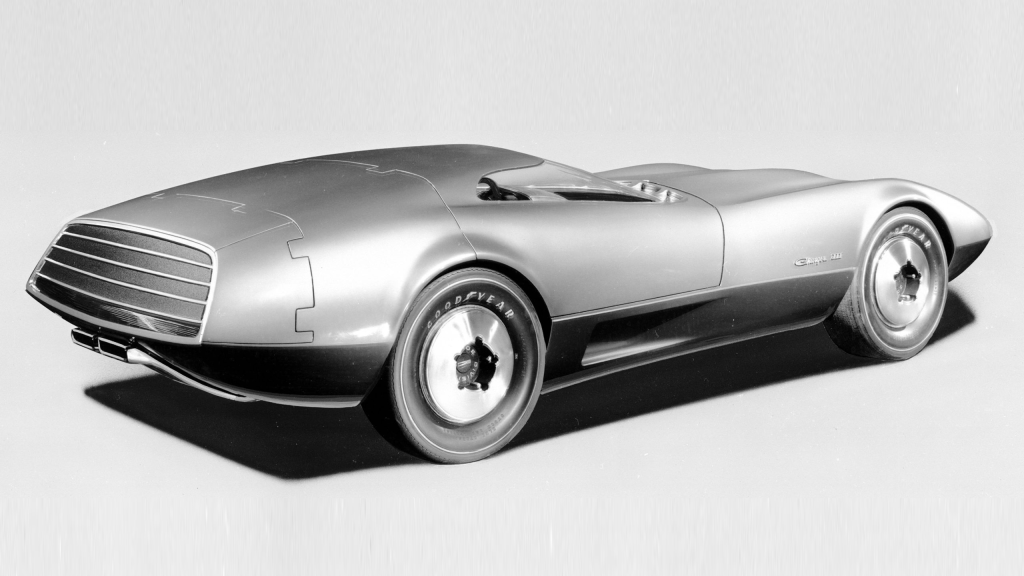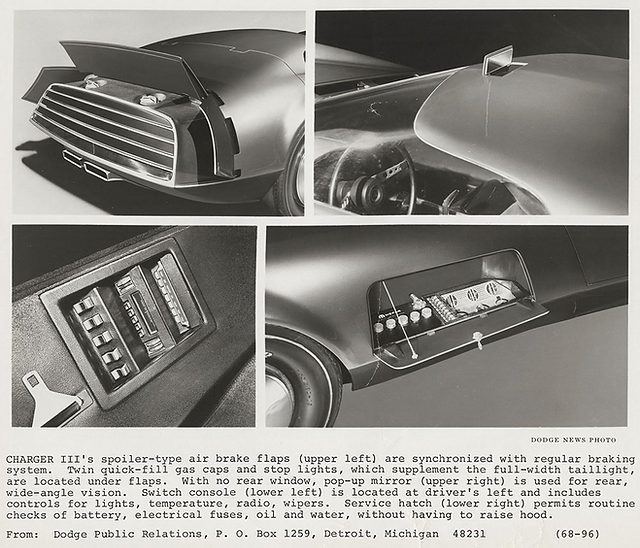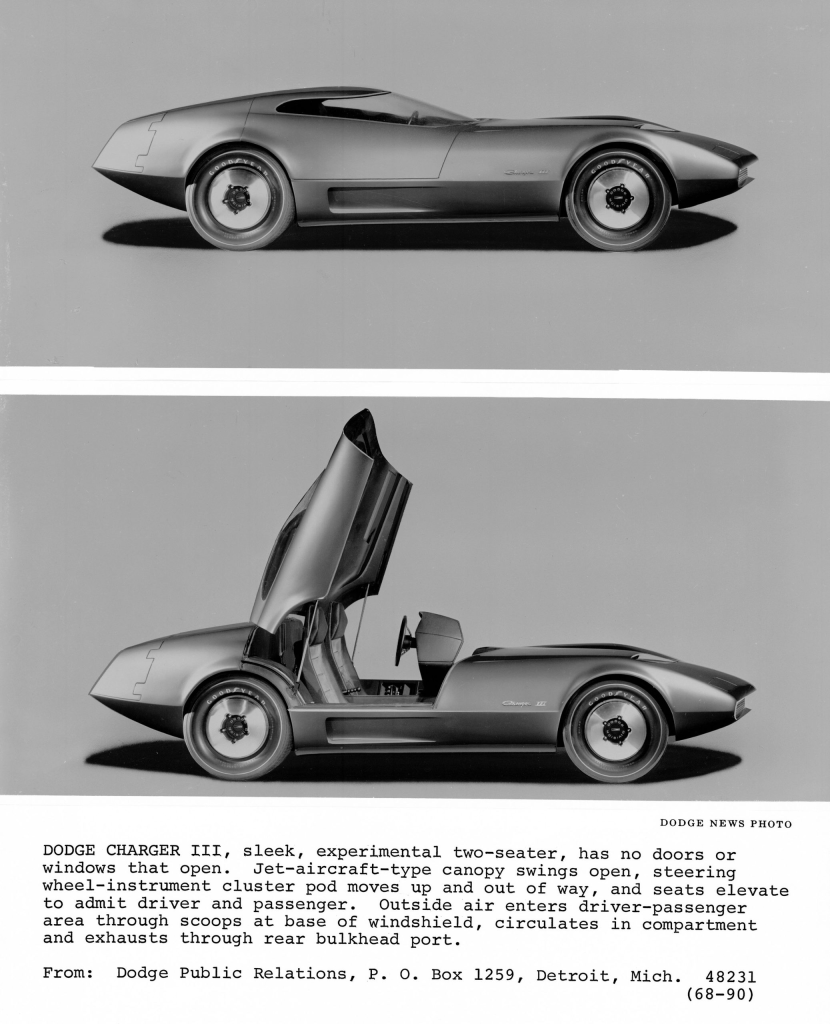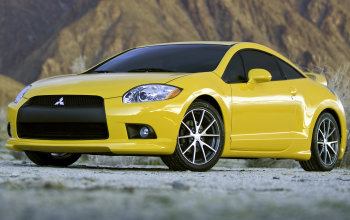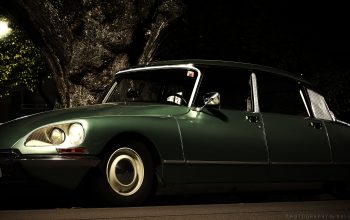These two concepts were the proper Dodge supercars.
Ever since the production of the automobile commenced, concept cars have been the key aspect of the fabrication process, since it often carries a glimpse of what the actual production model might look like or could do in the future. Some concept cars, however, strive to revolutionize and illustrate the broad vision of the brand. We all know and love Dodge, for instance, and their coherent stream of successful models that proved how Americans could also excel in the automotive production, and create just as exciting string of models as the European brands. Their concept cars have been striking and ambitious, especially the two that we will be discussing today: the 1968 Dodge Charger III and 1981 Dodge M4S, which are possibly one of the most forgotten yet unique products of Dodge in their history.
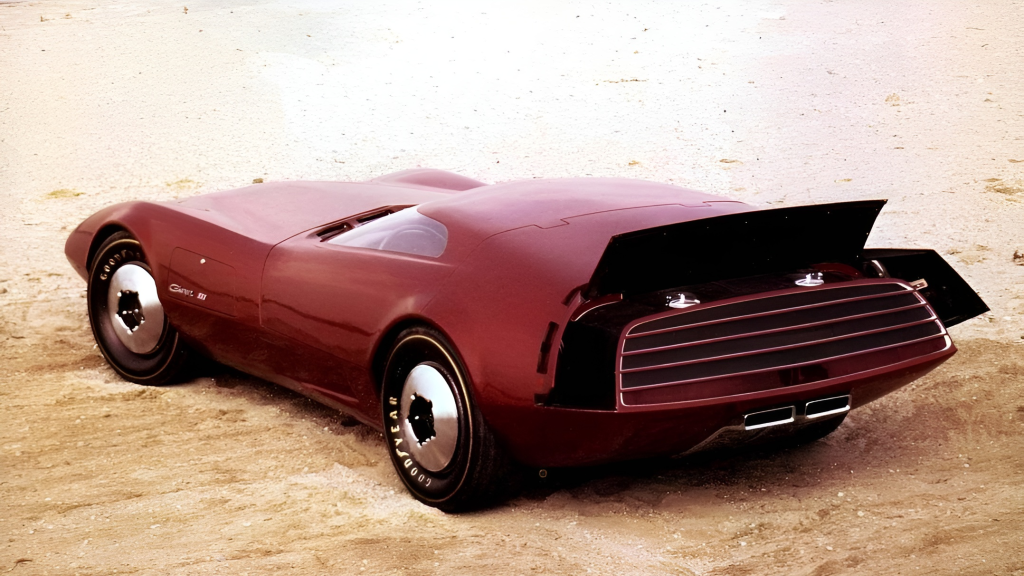
The 1968 Dodge Charger III Concept
The term ”supercar” was a relatively new definition in the automotive dictionary back in the late 1960’s, thanks to the creation of cars like Lamborghini Miura. The perception of cars were changing and the desire for form over function was emerging in the market. Dodge, meanwhile, was producing the highly successful Charger, Challenger and Coronet models as the top-end fast cars in their lineup, all of which were big, menacing muscle cars powered by V8 engines. While they were successful and became an icon, Dodge still wanted to try their hands on a streamlined, sleek model that could make Miura look like a yesterday’s work. What they came up with was the low-slung, mean-looking car that they named Charger III, a concept car that looked like nothing Dodge has ever built before. This glorious automobile was not only a design exercise, but was also a demonstration of the broad visions of Dodge designers. It was essentially a concept ahead of its time, to catch up with the future.
What makes the Charger III unique? The features.
Resembling your favourite toy car, the two-seater Charger III was one of the cars that prove form over function is sometimes preferable. Built with a blend of aluminium and steel, it was equipped with a canopy roof instead of two conventional doors, thus the driver and the passenger had easy access to the interior as the steering wheel and the infotainment cluster that was borrowed from the production Dodge Charger could be lowered for better access. Thanks to the canopy roof, the Charger III gives the driver the vision of an F-22 Raptor pilot rather than a conventional car with wide legroom. However, since the windshield is essentially a big fixed window, the visibility was more than enough to make up for the lost space inside. The outlandish design includes pop-up headlights, which were never seen as turned on.
Using Super Stock racing tires by Dodge, the concept had even more cool design features to brag about, the most notable of which was its active aero system, which was achieved through three rear flaps that are engaged in high-speed driving to provide more downforce and increase stability. What makes it so special is that this was one of the first attempts of active aero system by Dodge, and it shows how the concept was meant more than an exercise. Furthermore, it had two big exhausts at the back that looked like no other upon its introduction. You could easily see similar exhaust layouts like it in cars like Murcielago, but back then, it really was something new for the audience to behold. As this was a concept car, it was not fitted with an engine or a gearbox, but the engine bay was made in a way to fit all the engines Dodge has built up to that point, especially for the 426 Hemi V8 engine, which produced 425 HP.
What was the fate of Charger III?
Even though Charger III represented a completely different vision for the Dodge, it was never designed to be a production car in the first place, since the already successful American brand simply did not feel the need of joining the supercar madness that was about to get even more heated in the upcoming years. Thanks to their successful sales with the existing Charger and Challenger models, not to mention the Dart, which, for the lack of a better word, sold like hotcakes, they knew that diving deep into a new and relatively uncharted supercar market would be too risky. However, had they actually built the Charger III and equipped it with the big 7.0L 426 Hemi V8 engine producing 425 HP, it would’ve been one of the fastest cars at the time thanks to its lightweight construction and lower ride height. The Hemi engines were instead used on other iconic Mopar products like Dodge muscle cars and the Barracuda, which were a hit with the American car enthusiasts, anyhow. Therefore, the Charger III remained as a static prop, a work of art that Dodge designers came up with at their prime.
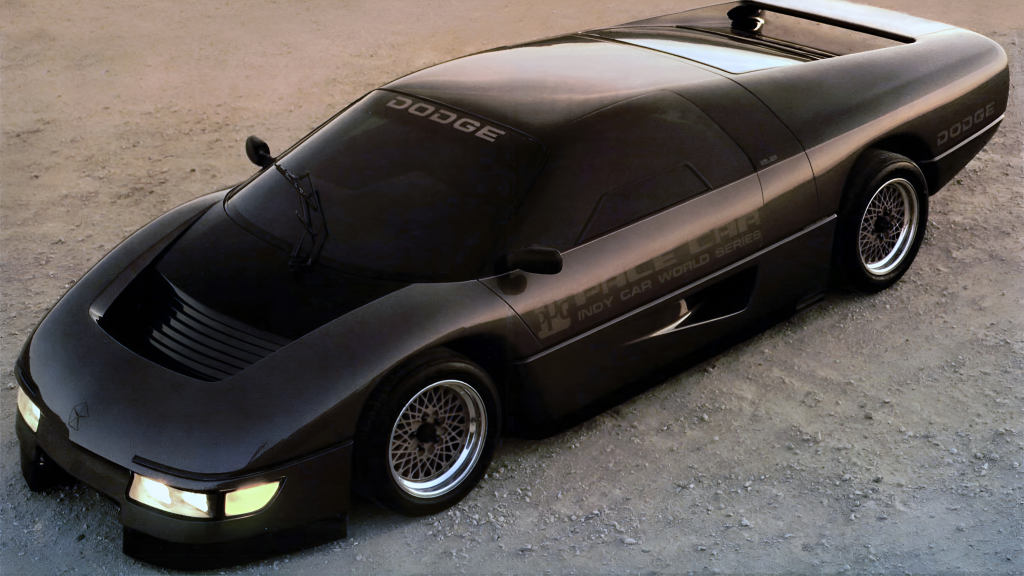
The Dodge M4S Concept: Picking where the Charger III left off.
Exactly 13 years later after the introduction of the glorious Charger III concept car, Dodge unveiled this wild concept car, named M4S (“Midengine, 4 cylinder, Sport“) Turbo Interceptor in 1981 that was designed by Bob Ackerman, the head designer of Dodge. Like Charger III, it was essentially made as a technological demonstration of what Dodge could do. Unlike the former, however, the M4S was actually intended to be a working prototype as a Pace Car for the IndyCar series, rather than a static prop. The body was designed by Chrysler and went under heavy windtunnel testing to achieve the optimum aerodynamics, and the car managed to have a drag coefficient of .236. As the car was designed to be used as a pace car, the Dodge engineers made sure it was up to the task. It had a semi monocoque race car chassis and a lightweight body built by 3-D Industries of Madison Heights, Michigan. It was definitely a group effort for both Dodge and the subcontractors who undertake the prototype assembly of the M4S.
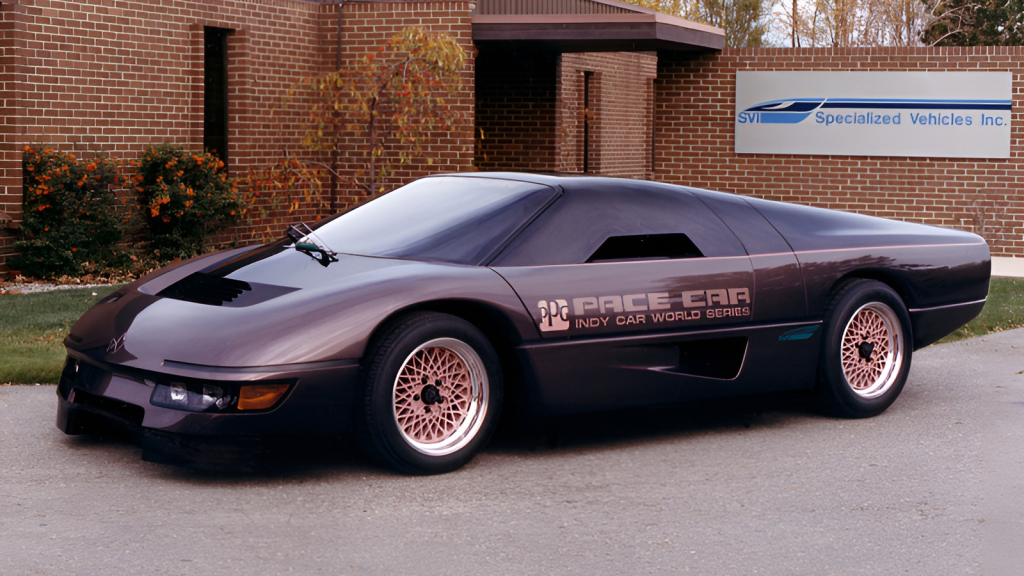
The sheer power of M4S Turbo and more of its features.
Upon first glance, the M4S Turbo Interceptor already looks like a missile about to be launched miles away. The streamlined design made sure that it looked more like a stealth fighter plane rather than your ordinary Dodge Aspen. Don’t let this make you think it was simply a showoff, though, as the M4S could easily walk the talk since it was fitted with a powerful 2.2L twin-turbo inline-4 engine that had headers provided by Cosworth and two Garrett T25 turbochargers, uniting together to produce 440 HP and 400 NM. Thanks to the huge power, combined with the lightweight body that only weighs 1,160 kilograms, the M4S Turbo could reach 60 mph in 4.1 seconds and had a confirmed top speed of 313 km/h (194 mph).
For more publicity, the car was also featured in the 1986 movie The Wraith, which paid off handsomely. However, had it been produced, it could easily be the fastest car in the world, so it is sort of upsetting for us petrolheads to see it remain a prototype. What the M4S proved the most, however, is that the Americans could indeed squeeze huge power from smaller engines. After all, 440 HP from a 2.2 liters of inline-4 engine, even with two turbochargers, is an impressive feat, and thankfully, one of the M4S movie props from the movie was restored by a keen enthusiast named Wichita Wes, who fitted it with a Pontiac V6 instead. Well, while the engine choice is questionable, at least it kept the legacy of this glorious concept alive.
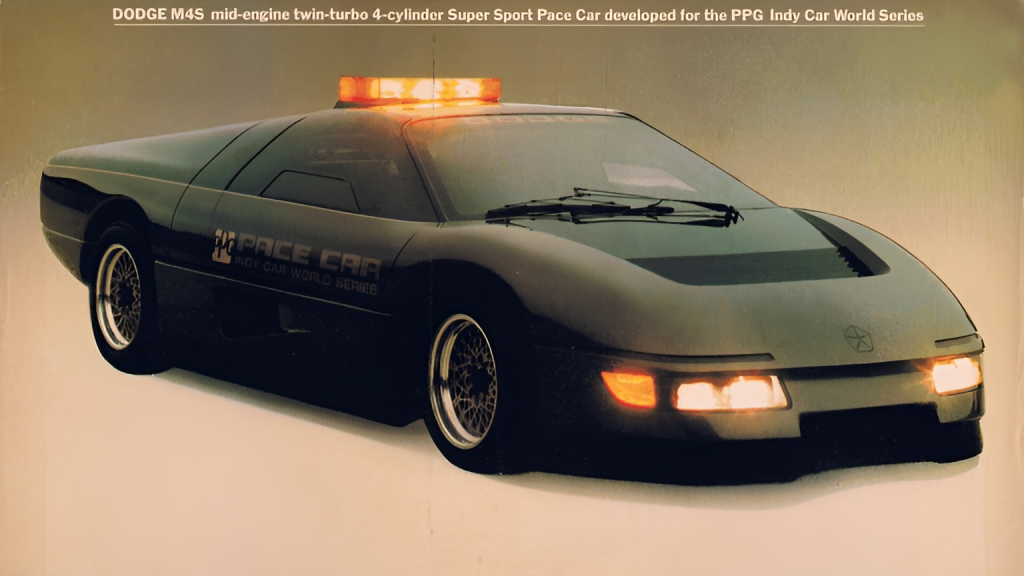
The Charger III and M4S Turbo Interceptor are one of the most unique concept cars made by Dodge and both proved that the American brand could do much more than big, loud muscle cars. The Charger III took a radically different approach of design with its canopy roof and unconventional proportions while the M4S was an engineering marvel, producing so much power from a relatively small engine. Their dive into a proper sports car, however, took until the introduction of Viper in 1992, which could handle just as good as the European counterparts. We should cherish these two understated concept cars for what they could accomplish if they were produced.

